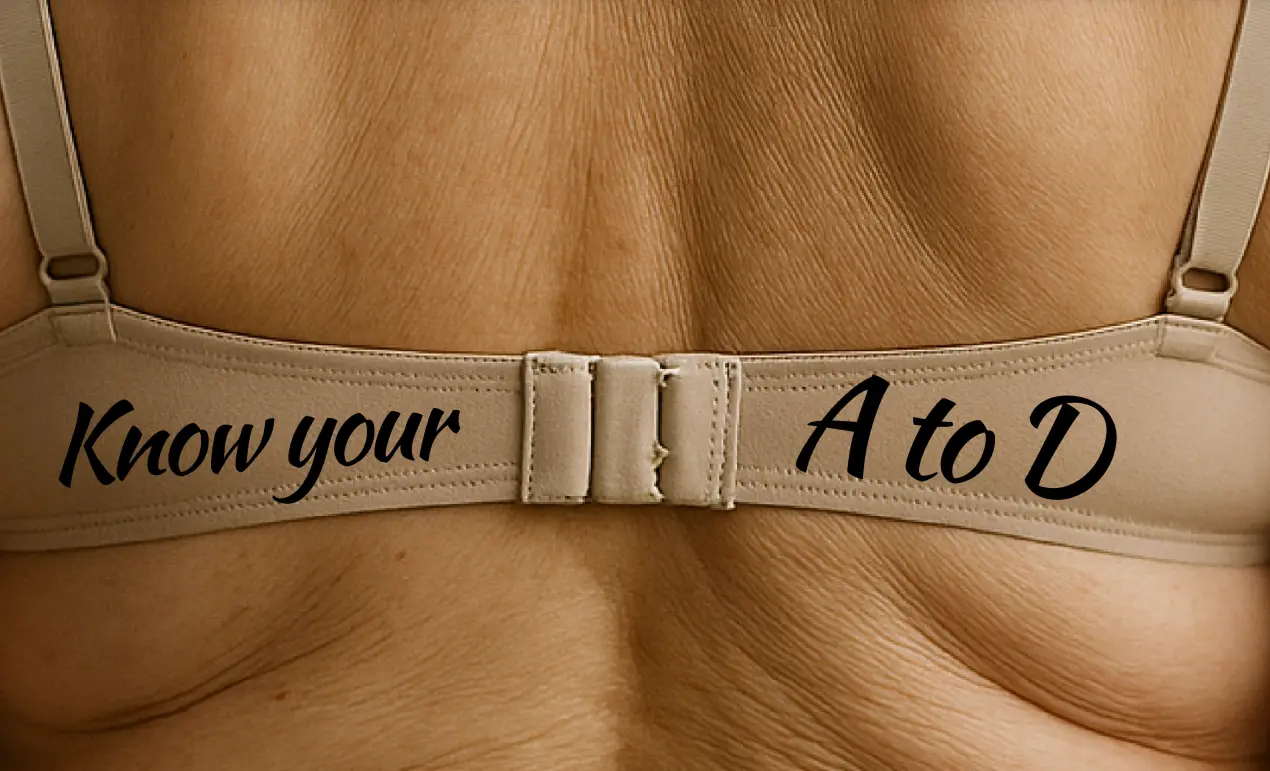About this campaign

An important step in protecting breast health
Know Your A to D has been designed to help women understand breast density and start a confident conversation with their GP.
In June 2025, BreastScreen Australia updated its policy guidelines to recommend that all mammogram reports include a woman’s breast density category and that she discuss what it means with her doctor. The timing of this change may vary across states and territories.
BCAL Diagnostics partners with doctors to advance innovative tools that complement mammography and support better patient decisions.
This website provides general information only. Please consult your GP for medical advice.

Breast density: know yours, know what's best for you
A
Ask about your breast density
B
Be aware of your breast cancer risk
C
Check your most recent mammogram
D
Discuss supplementary screening options for dense breasts with your doctor
References
- Bhattacharjee A, Walsh D, Dasari P et al. 2024 Factors Associated with Increased Knowledge about Breast Density in South Australian Women Undergoing Breast Cancer Screening. Cancers:16, 893. https://doi.org/10.3390/cancers1605089
- Wanders JOP, Holland K, Veldhuis WB et al. 2017. Volumetric breast density affects performance of digital screening mammography. Breast Cancer Res Treat 162:95–103
- Ingman WV, Richards B, Street JM et al. 2020. Breast Density Notification: An Australian Perspective. J Clin Med 681. https://doi:10.3390/jcm9030681
- NSW Government. BreastScreen NSW. Breast density. [Online] Available at: https://www.breastscreen.nsw.gov.au/breast-cancer-and-screening/dense-breast-tissue-and-screening/. Accessed September 2025.
- Breast Cancer Network Australia (BCNA). Know your breast density. [Online] Available at: https://www.bcna.org.au/resources/screening-and-diagnosis/know-your-breast-density. Accessed 10 September 2025.
- Australian Government. Department of Health, Disability and Ageing. BreastScreen Australia. Breast density information for consumers. [Online] Available at: https://www.health.gov.au/our-work/breastscreen-australia-program/having-a-breast-screen/breast-density-information-for-consumers. Accessed September 2025.
- Australian Government. AIHW. Breast Screen Australia monitoring report 2023. [Online] Available at: https://www.aihw.gov.au/reports/cancer-screening/breastscreen-australia-monitoring-report-2023/summary. Accessed September 2025.
- American College of Radiology. BI-RADS® ACR Breast Imaging Reporting and Data System. BI-RADS Atlas 5th Edition.
- BreastScreen Australia. 2024. BreastScreen Australia Position Statement on Mammographic (Breast) Density and Screening. [Online] Available at: https://www.health.gov.au/sites/default/files/2025-05/breastscreen-australia-position-statement-on-breast-density-and-screening.pdf. Accessed September 2025.
- Bodewes FTH, van Asselt AA, Dorrius MD et al. 2022. Mammographic breast density and the risk of breast cancer: A systematic review and meta-analysis. The Breast 66: 62–68.
- Cancer Australia. 2025. Breast Cancer Risk Factors. [Online] Available at: https://www.canceraustralia.gov.au/cancer-types/breast-cancer-risk-factors/risk-factors Accessed September 2025.